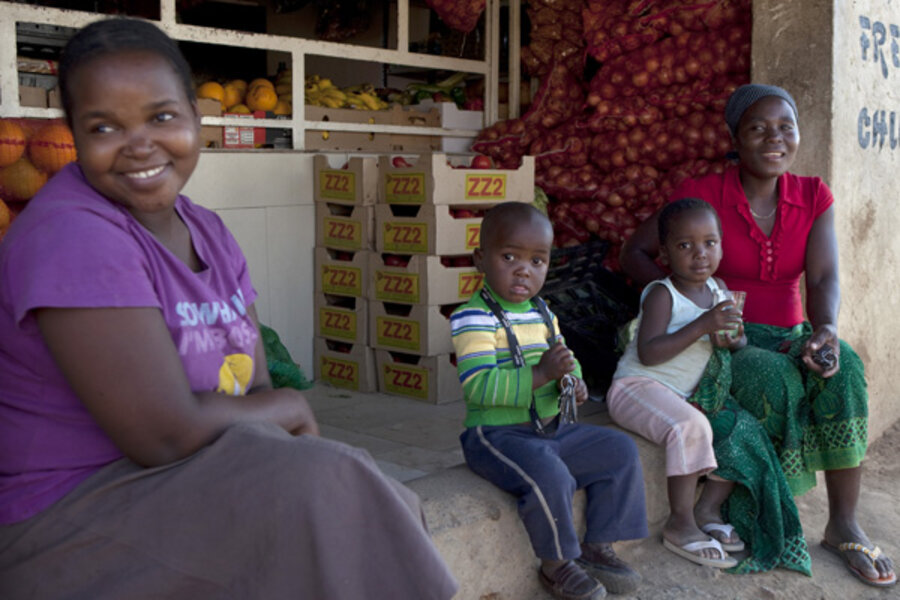Africa's baby-boom: Population to double by mid-century
Loading...
| Nairobi, Kenya
Africa’s population is predicted to more than double to 2.4 billion people by 2050 according to a new study that also raises questions about whether efforts to lift the continent out of poverty may be in vain.
The 10 countries with the world’s highest fertility rates are all in sub-Saharan Africa, where mothers have an average of 5.2 children, according to a report released Thursday from the Washington DC-based Population Reference Bureau.
In Niger, which has the world's fastest population growth rate, women give birth to an average of 7.6 children, four times the US figure of 1.9.
“Rapid population growth makes it difficult for economies to create enough jobs to lift large numbers of people out of poverty,” said Wendy Baldwin, the organization's president.
Seven of the 10 countries with the highest fertility rates also appear among the bottom 10 on the United Nations’ Human Development Index.
But Africa is also home to seven of the world’s fastest growing economies, points out Julia Schünemann, director of the Africa Futures Project at the Institute for Security Studies in South Africa.
“Rapid population growth is clearly going to increase pressure on Africa’s governments to deliver education, health care, security and, most importantly jobs,” she says.
“But it should be seen as an opportunity, too," Ms. Schünemann adds. "African countries also have the world’s fastest economic growth rates. The question is, can those economies grow quickly enough to offset the demands of population growth. In general, I don’t think we should be too pessimistic.”
International aid agencies are increasingly focusing efforts in Africa on family planning by advising governments how to increase access to contraceptives and helping women choose when to have children.
But this is unpopular in some countries, especially where religious doctrines that frown on contraception hold sway with government leaders.
Projections in the Population Reference Bureau study assume that “family planning will become widespread” in Africa, says Carl Haub, co-author of the report.
“If not, Africa’s population will grow more rapidly, further constraining efforts to address poverty, create jobs, and protect the environment,” he says.
By 2050, many African states will likely more than double in population. Kenya will rise from 44 million to 97 million people, and Nigeria from 174 million to 440 million.
Some nations will nearly triple their growth, the reports finds. Somalia will have 27 million people in 2050, up from an estimated 10 million today; the Democratic Republic of Congo’s 71 million population is predicted to rise to 182 million.
The total number of people on the continent is predicted to rise from 1.1 billion to 2.4 billion.
The report gave 20 different indicators for more than 200 countries. It found that US mothers give birth to an average of 1.9 children. Bosnia-Herzegovina has the world’s lowest birth rate of 1.2 children.
The world’s population is forecast to increase from roughly 7.1 billion today to more than 9.7 billion in 2050, the report calculated.
India, currently the second most populous country in the world, will overtake China to become the most populous by 2030, it was estimated. By 2050, India’s population will be 1.6 billion and China’s 1.3 billion.
The US population was estimated to rise from 316 million to 400 million over the same period.






